The Regulatory Reckoning: Insights from the House Committee on Oversight and Accountability's Staff Report
- Andrew Langer
- Sep 30, 2024
- 4 min read

As the 2024 election cycle unfolds, economic concerns are front and center for most Americans, particularly for small business owners and working families. Rising inflation, sluggish growth, and skyrocketing costs have become daily realities. Few, however, realize the true magnitude of federal regulatory costs, which have increased dramatically under the Biden-Harris administration, placing an enormous burden on small businesses and stifling economic growth. Last week, the House Committee on Oversight and Accountability released a report on these costs, and their figures underscore the analyses done by the CPAC Foundation's Center for Regulatory Freedom.
According to the HCOA report, the Biden-Harris administration has imposed an estimated $1.7 trillion in new regulatory costs in less than four years, a figure that represents over half of the cumulative federal regulatory costs accrued through 2022. This surge is unparalleled in modern regulatory history. In the letter submitted to the House Small Business Committee, we observed a regulatory cost growth rate of nearly 16% annually, far outpacing even the regulatory surge during the Obama administration. Small businesses—those with fewer than 20 employees, which account for 90% of American businesses—bear the brunt of this burden. Regulatory costs per employee per year (PEPY) have skyrocketed from $19,088 in January 2021 to $33,105 by mid-2024.
For a small business with 10 employees, the cost of regulation has ballooned from $190,880 to $331,050 in just three and a half years. These direct costs are exacerbated by lost opportunity costs, which, as the data shows, multiply the economic impact by 19-fold. This amounts to over $2.5 million in lost opportunities for a single small business. The reality for Main Street is dire: small businesses are losing not just in direct expenses but also in their capacity to innovate, expand, and hire more employees.
The Stark Regulatory Contrast: Trump vs. Biden
A fundamental aspect of the debate around regulatory overreach is the stark contrast between the regulatory approaches of the Trump administration and the Biden-Harris administration, as outlined in the draft op-ed. Under President Trump, regulatory costs increased at an unprecedentedly modest rate of 0.33% per year. From 2017 to 2021, the cost of federal regulations rose only from $2.25 trillion to $2.28 trillion. This period of regulatory stability allowed businesses—especially small businesses—to thrive, as they were afforded a reprieve from the regulatory onslaught of the Obama years.
In contrast, regulatory costs under President Biden have soared at an annual growth rate of 14.06%, resulting in a projected regulatory cost of $7.52 trillion by 2030 if the current trajectory continues. This rapid expansion not only places a crushing burden on small businesses but also carries an enormous indirect economic cost. Using the Dawson and Seater’s $19 multiplier, the opportunity cost of Biden-Harris regulatory policies could reach an astonishing $142.88 trillion by 2030.
Economic Consequences for Main Street
The staff report’s findings reinforce the notion that this regulatory expansion is not just a federal or political issue but an economic one with direct implications for small businesses and consumers. Every additional dollar spent on compliance is a dollar not invested in innovation, wage growth, or job creation. The ripple effects of this dynamic have a disproportionate impact on lower-income households, exacerbating economic inequality as businesses pass regulatory costs onto consumers in the form of higher prices for goods and services.
As outlined in our letter to the House Small Business Committee, the Biden-Harris administration’s regulatory surge is also harming small businesses’ capacity to compete. With a $140,170 increase in regulatory costs for a business with just 10 employees since 2021, it is no surprise that the NFIB Small Business Uncertainty Index has reached its highest level since the pandemic. Small businesses, already operating on thin margins, are being forced to choose between cutting staff, raising prices, or going under.
Twin Paths for the Future: A Regulatory Fork in the Road
We are now at a critical juncture. As we have discussed, the nation faces two distinct regulatory paths for the future. One path, represented by the Biden-Harris administration’s continued regulatory acceleration, would see the regulatory state grow to over $7.5 trillion by 2030, with small businesses shouldering a PEPY regulatory cost of nearly $70,000. The other path, harkening back to the regulatory restraint of the Trump administration, would cap regulatory growth at a modest 0.33% per year, resulting in a manageable regulatory cost of approximately $3.7 trillion by 2030.
The choice could not be clearer: one path leads to economic suffocation, while the other opens the door to growth, innovation, and prosperity. The Supreme Court’s recent decisions, particularly in cases like West Virginia v. EPA, signal a growing recognition of the need to rein in the administrative state. However, it will take concerted effort from policymakers and voters to ensure that we do not allow the regulatory burden to crush the American entrepreneurial spirit.
A Time for a Regulatory Reckoning
The data and projections from the staff report on regulatory overreach, combined with the analysis of CRF, point to an undeniable conclusion: the current pace of regulatory expansion is unsustainable. If we continue on the Biden-Harris administration’s trajectory, the costs to small businesses, the economy, and American families will be catastrophic. The stakes have never been higher. As we approach the 2024 elections, it is imperative that voters understand the profound economic consequences of unchecked regulatory growth and choose a path of economic restraint, innovation, and prosperity.
The regulatory state must be reined in. Otherwise, we risk losing the small businesses that form the backbone of our economy and the opportunities for economic growth that will secure a brighter future for all Americans.





.png)




_gif.gif)